Ansu Apricot, also known as Apricot, Armenian Plum, Siberian Apricot, or Tibetan Apricot, is a versatile edible plant widely appreciated for its flavorful fruit. Botanically identified as Prunus armeniaca, it belongs to the Rosaceae family and the species armeniaca. This woody plant has its origins traced back to Central Asia, extending to Northern and Central China, though its exact natural range remains uncertain due to extensive ancient cultivation.
Genetic studies suggest that Central Asia is the likely center of origin for this species. Over time, Prunus armeniaca has become a staple in agricultural practices across various countries, thriving in both cultivated fields and the wild in regions where it is grown.
| Common name | Ansu Apricot, Apricot, Armenean Plum, Siberian Apricot, Tibetan Apricot |
| Botanical name | Prunus armeniaca |
| Family | Rosaceae |
| Species | armeniaca |
| Origin | Central Asia to Northern & Central China |
| Life cycle | Woody |
| Plant type | Edible |
| Hardiness zone | 5, 6 |
| Sunlight | Full Sun |
| Maintenance | High |
| Soil condition | Clay |
| Soil ph | Acid |
| Drainage | Well-Drained |
| Growth rate | Medium |
| Harvest time | Summer |
| Flowering period | Spring |
| Height | 2- 40 ft. |
| Flower color | Pink |
| Leaf color | Green |
| Fruit color | Gold, Yellow |
| Stem color | Red, Burgundy |
| Fruit type | Drupe |
| Fruit benefit | Edible |
| Flower benefit | Fragrant |
| Garden style | Butterfly Garden |
I. Appearance and Characteristics
Prunus armeniaca is the most commonly cultivated apricot species. The native range is somewhat uncertain due to its extensive prehistoric cultivation. Genetic studies indicate Central Asia is the center of origin. It is extensively cultivated in many countries and has escaped into the wild in many places.
The specific epithet armeniaca refers to the country of Armenia in Western Asia.
Prunus armeniaca is a small tree, 8–12 m (26–39 ft) tall, with a trunk up to 40 cm (16 in) in diameter and a dense, spreading canopy. The leaves are ovate, 5–9 cm (2.0–3.5 in) long and 4–8 cm (1.6–3.1 in) wide, with a rounded base, a pointed tip and a finely serrated margin. The flowers are 2–4.5 cm (0.8–1.8 in) in diameter, with five white to pinkish petals; they are produced singly or in pairs in early spring before the leaves. The fruit is a drupe similar to a small peach, 1.5–2.5 cm (0.6–1.0 in) diameter (larger in some modern cultivars), from yellow to orange, often tinged red on the side most exposed to the sun; its surface can be smooth (botanically described as: glabrous) or velvety with very short hairs (botanically: pubescent). The flesh (mesocarp) is succulent and its taste can range from sweet to tart. The single seed is enclosed in a hard, stony shell, often called a “stone”, with a grainy, smooth texture except for three ridges running down one side.
Varieties
According to the Catalogue of Life and Flora of China, there are six varieties of P. armeniaca:
- Prunus armeniaca var. ansu – ansu apricot (Japanese: アンズ, anzu), pink-flowered, East Asia
- Prunus armeniaca var. armeniaca – common apricot, Central Asia and China, widely cultivated
- Prunus armeniaca var. holosericea – Tibetan apricot, Qinghai, Shaanxi, Sichuan, and Tibet
- Prunus armeniaca var. meixianensis – Mei County apricot, double-flowered, Shaanxi
- Prunus armeniaca var. xiongyueensis – Xiongyue apricot, Liaoning
- Prunus armeniaca var. zhidanensis – Zhidan apricot, Ningxia, Qinghai, Shaanxi, and Shanxi
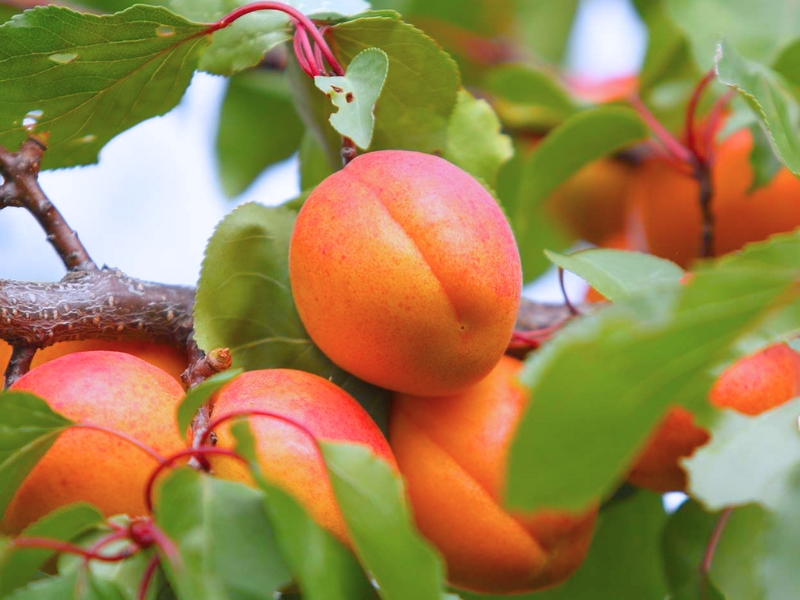
II. How to Grow and Care
Sunlight
The apricot loves full sun and needs around 8 hours of sunlight a day in order to thrive. Although the tree will grow in partial shade too, this will negatively affect fruit production.
Temperature
Native to parts of East Asia, apricot is able to tolerate temperatures down to -29 ℃ while it is dormant in the winter. Although the tree loves the heat, winter dormancy is essential – it needs between 600-900 chill hours a year at a temperature lower than 7 ℃ in order to set its blooms. The apricot is tolerant to drought, but needs regular water for optimum fruit production. It is more resilient against flooding than other stone fruit trees, but won’t tolerate being water-logged for too long.
Watering
Originating from temperate regions, apricot is adapted to moderate moisture levels and can withstand short periods of drought. Its water habits lean towards a preference for consistent but not excessive hydration, aligning with its ability to thrive in environments that are neither too wet nor too dry. Watering should occur once every 1-2 weeks, ensuring the soil has time to dry out slightly between sessions. As an outdoor deciduous plant, apricot’s watering needs decrease significantly during its dormancy period in colder months, allowing it to conserve resources.
Soil
The apricot does best in deep, well-draining, and loamy soil, preferably rich in organic matter. The soil should also be slightly alkaline, with an ideal pH of around 6-7.5. The tree will struggle if your soil is shallow, poor, or too heavy – amending your soil with well-rotted organic material can help to counter this.
Fertilizing
For apricot, utilize a balanced fertilizer to support vigorous growth and abundant fruiting. Apply in early spring as buds swell, repeating every 4-6 weeks through the growing season. Use half the recommended quantity for young trees, increasing as apricot matures. Over-fertilization can harm apricot, so avoid excess; water well post-application. Monitor soil and foliage to adjust feeding, tailoring to apricot’s lifecycle stages for optimal health.
Planting Instructions
- You will need to prepare the planting hole. You will need to follow different recommendations based on the type of sapling you have purchased.
- Dig a hole twice as deep and as wide as the root ball.
- A ratio of two parts native soil to one part compost is ideal when backfilling with native soil and compost. Make sure your plant receives at least six to eight hours of sun every day, and make sure you water it thoroughly. With a pH of 6.0-7.0, the soil must be loose, rich, and well-draining
- When the ground is frozen, you do not need to water your apricots, but when everything thaws in the spring, water them again.
- If the soil is thawed during the first year of planting, keep it evenly moist by sticking your finger one inch below the surface every couple of days. This will measure soil moisture levels.
Pruning
Although most stone fruit trees are only pruned in the summer, due to how vulnerable they are to different diseases, the apricot is much more resilient and can be pruned in both summer and winter. The exception is with fan-trained trees – their sap flow is slower, so these are best pruned in the summer. However, you can still remove dead and diseased branches in the winter.
Pruning is quite simple and minimal for the apricot. Begin by removing any dying, dead, or diseased branches, as well as any new branches that are growing inwards – you want your tree to be open in the middle to allow sun and air to reach all parts. Cut back leading branches by up to a third – this stimulates outwards, rather than upwards, growth. Remove any branches that are crossing over or rubbing against each other, as well as any suckers and watersprouts.
Propagation
Apricot is primarily propagated through grafting or layering during spring or winter months. It is considered moderately difficult to propagate. Successful signs include shoot growth and root development. Ensure healthy rootstock for optimal success.
Repotting
Apricot, a fruiting tree, requires repotting every 2-3 years due to its rapid root growth. Early spring repotting is optimal, aligning with the tree’s vigorous start to the growing season. A spacious container with ample depth encourages healthy root development. After repotting, ensure the apricot receives consistent water and light. Pro-tip: use well-draining soil to prevent root rot and foster a robust apricot.
Pests and Diseases
In general, apricots are resistant to a number of the pests and illnesses that harm their close relatives, peaches and nectarines. Frost is the greatest obstacle to a successful apricot crop. Once the tree has established itself and its blossoms have survived the frost-free date in your zone, good orchard cleanliness, fertilisation, and watering may be the only extra care required.
III. Uses and Benefits
Ornamental uses
Apricot is a popular tree in yards and established groves where the trees are prized for their sweet fruit. The trees are usually grown specifically for their fruits and are often paired with marigolds, rosemary, stevia, and thyme due to their soil compatibility.
Medicinal uses
- The fruits of the apricot tree include citric and tartaric acid, as well as flavonoids and carotenoids. They are nourishing, purifying, and may also be used as a gentle laxative.
- In Vietnam, people utilise it medicinally to address conditions related to the digestive system and the respiratory system.
- The flowers have a tonic effect on women, increasing their chances of having children. Astringency can be found in the bark.
- In cases of poisoning brought on by eating bitter almond and apricot seeds, the inner bark and/or the root can be utilised to cure the condition.
- The effects of hydrogen cyanide can be mitigated by drinking a decoction made from the outer bark of the tree. In addition, the decoction can be used to calm skin disorders such as inflammation and irritation.
- Asthma, coughs, acute or chronic bronchitis, and constipation are some of the conditions that can be helped by using this.
- The seed is made up of a chemical known as “laetrile,” which has also been referred to as vitamin B17.
- It has been asserted that this can have a beneficial impact on the treatment of cancer; There does not appear to be a substantial deal of evidence to support this at the current time.
Culinary uses
- Due to their incredible sweetness, the seeds or kernels of the apricot, which are cultivated in central Asia and around the Mediterranean, can be used in place of almonds.
- The oil that is obtained by pressing the kernels of these cultivars, which is referred to as the oil of almonds, has been utilised as a cooking oil.
- Fruit is eaten either raw, cooked, or dried for consumption at a later time. The best forms yield a texture that is tender and juicy, with a flavour that is deliciously rich. About 47.5 kg worth of fruit is produced annually by wild trees in the Himalayas.
- About 6.3% of the fruit of the wild type is composed of carbohydrates, 0.7% of it is protein, 2.5% of it is ash, and 2.5% of it is pectin.
- It contains around 10 milligrams of vitamin C per hundred grams of pulp.
- Bitter seeds should be eaten in very small quantities, whereas sweet seeds can be consumed as much as desired.
IV. Harvesting and Storage
If there is a suitable location for the apricot tree allowing its fruit production, it is time to harvest when the fruit displays a beautiful blush but still remains firm to the touch. Make sure to gently handle the fruits and remove from the tree with the stem intact.
Ripe apricots are ideally eaten fresh or cooked in different ways. They are better canned than frozen raw which toughens the fruit skin. Hence, if freezing is required, make sure to peel the fruit first.
Find Where to Buy the Best Apricot (Prunus armeniaca)

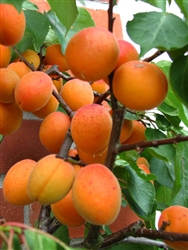

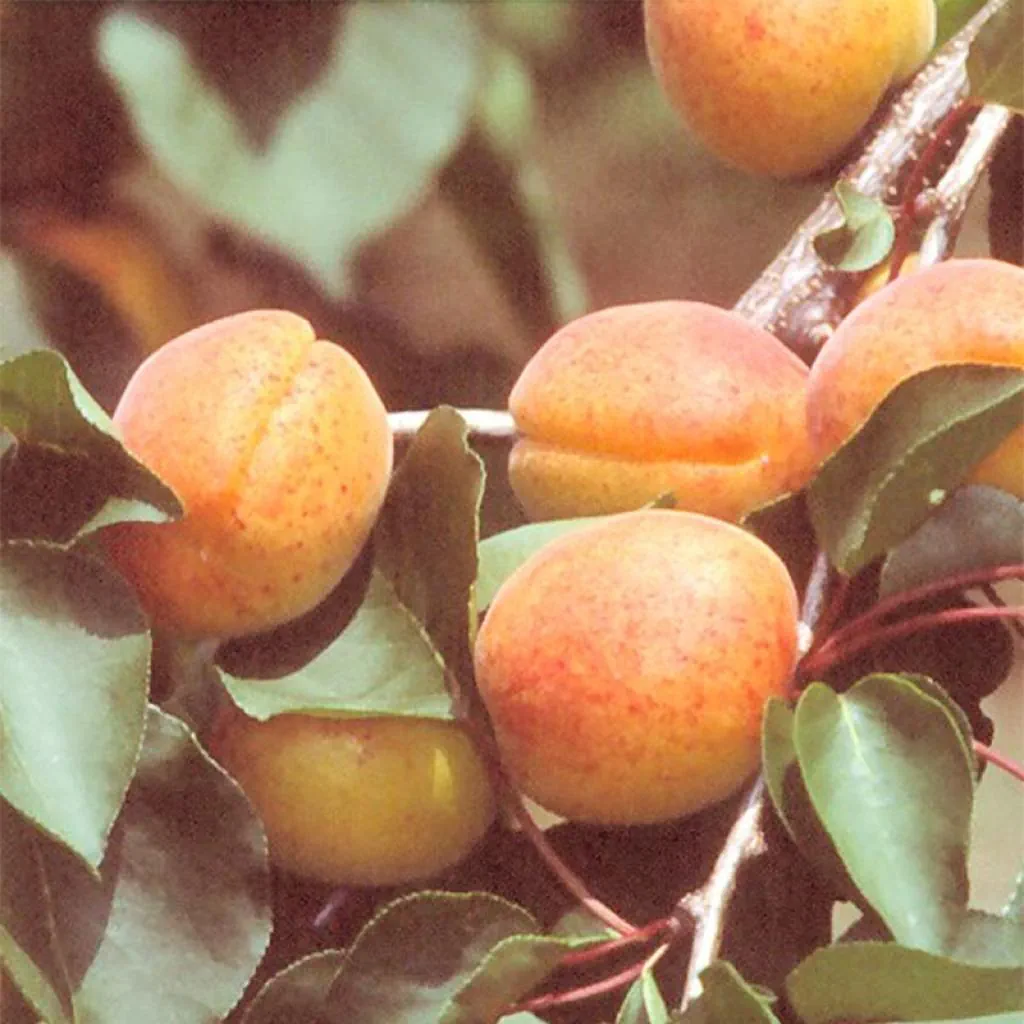




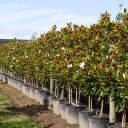
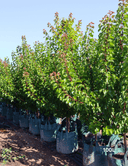
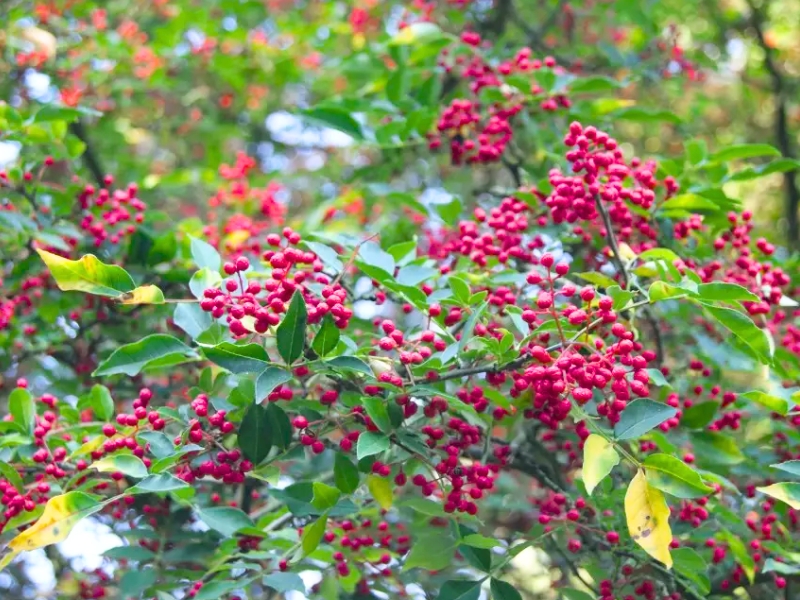
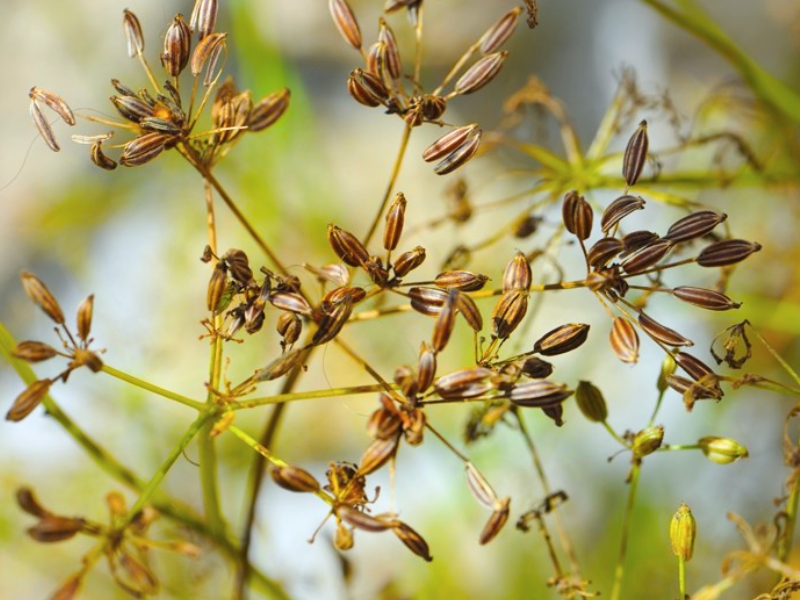
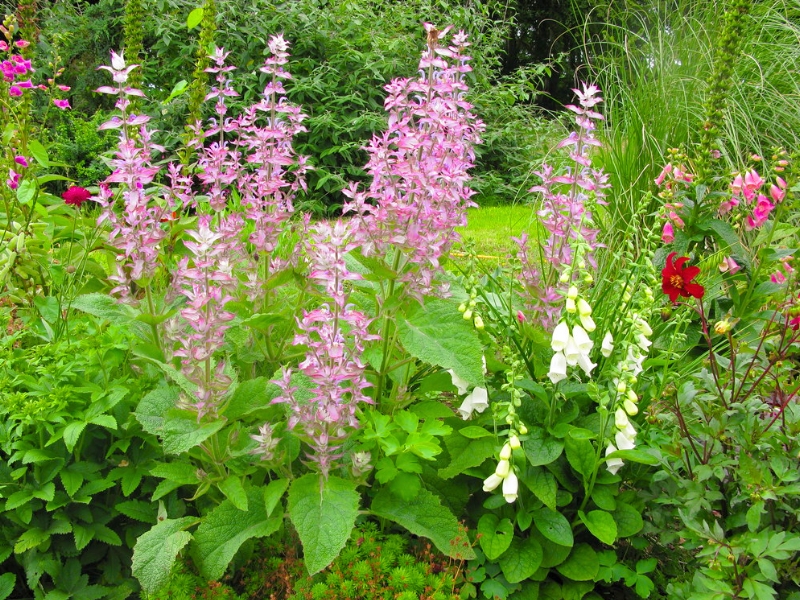
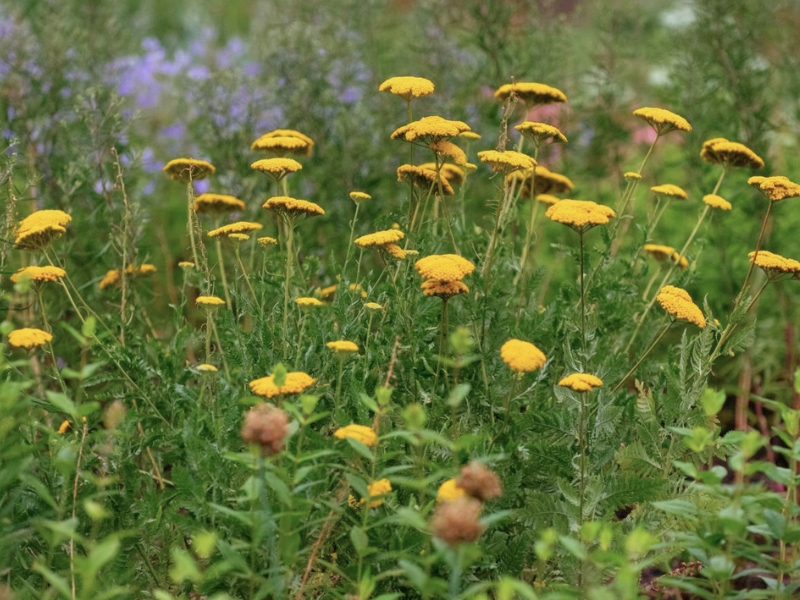
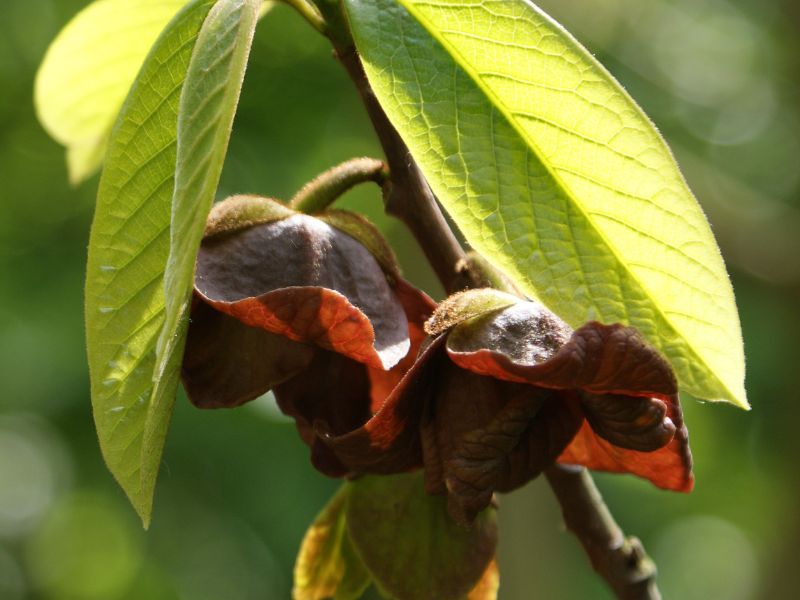
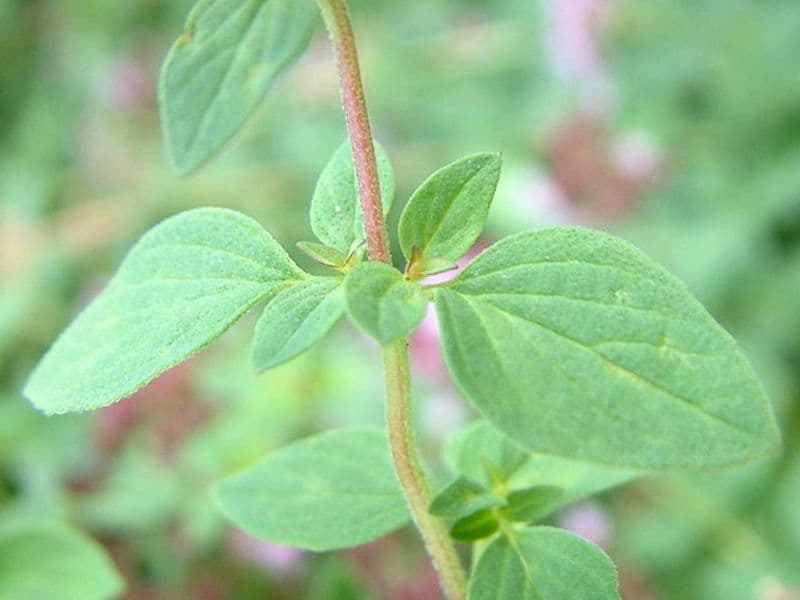
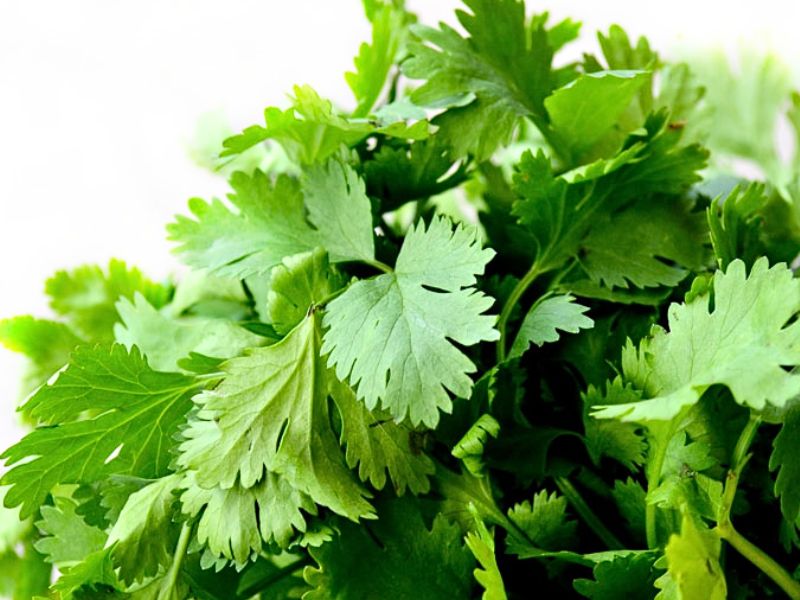
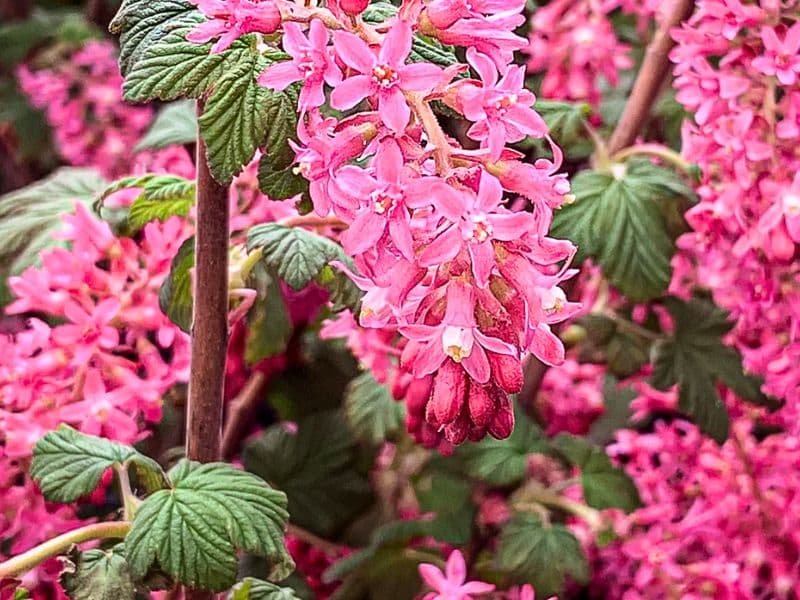
Leave a Reply